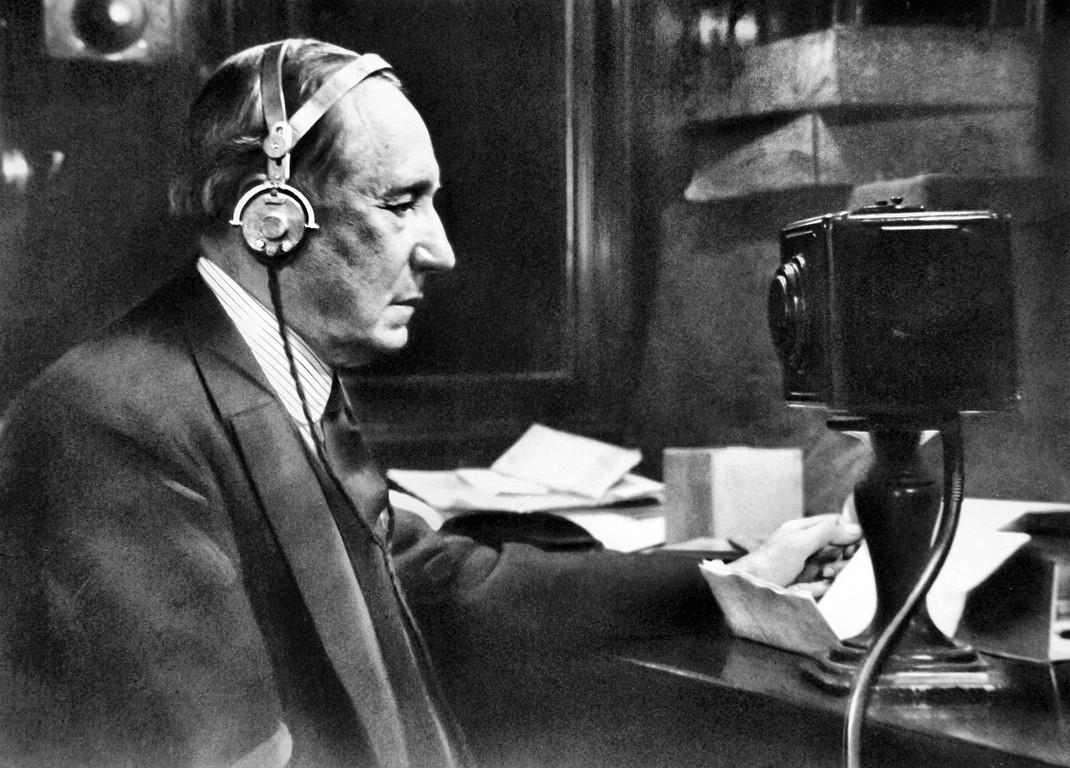-
(b.) -1874 April 25(d.)1937 July 20
Bio/Description
Born in Bologna, he was an Italian inventor, known as the father of long distance radio transmission and for his development of Marconi's law and a radio telegraph system. Although he is often accredited as the inventor of radio, and indeed he shared the 1909 Nobel Prize in Physics with Karl Ferdinand Braun "in recognition of their contributions to the development of wireless telegraphy" much of Marconi's work in radio transmission was built upon previous experimentation and the exploitation of ideas by others such as Hertz, Maxwell, Faraday, Popov, Lodge, Fessenden, Stone, Bose, and Tesla. As an entreprenuer, businessman, and founder of the The Wireless Telegraph & Signal Company in 1897, what made him more successful than any other was his ability to commercialize radio and its associated equipment. As a child he did not do well in school, but in his early years, he had an interest in science and electricity. His goal was to use radio waves to create a practical system of "wireless telegraphy" (i.e. the transmission of telegraph messages without connecting wires as used by the electric telegraph). This was not a new idea?numerous investigators had been exploring wireless telegraph technologies for over 50 years, but none had proven commercially successful. He did not discover any new and revolutionary principle in his wireless-telegraph system, but rather he assembled and improved a number of components, unified and adapted them to his system. Finding little interest in his work in Italy, in early 1896 he traveled to London to seek support for his work; He spoke fluent English in addition to Italian. He gained the interest and support of the Chief Electrical Engineer of the British Post Office. By March 1897, he had transmitted Morse code signals over a distance of about 6 kilometres (3.7 mi) across the Salisbury Plain. On 13 May 1897, he sent the first ever wireless communication over open sea. It transversed the Bristol Channel from Lavernock Point (South Wales) to Flat Holm Island, a distance of 6 kilometres (3.7 mi). The message read "Are you ready". The receiving equipment was almost immediately relocated to Brean Down Fort on the Somerset coast, stretching the range to 16 kilometres (9.9 mi). Numerous additional demonstrations followed, and he began to receive international attention. In July 1897, he carried out a series of tests at La Spezia in his home country, for the Italian government. A test for Lloyds between Ballycastle and Rathlin Island, Ireland, was conducted on 6 July 1898. The English channel was crossed on 27 March 1899, from Wimereux, France to South Foreland Lighthouse, England, and in the autumn of 1899, the first demonstrations in the United States took place. Around the turn of the century, he began investigating the means to signal completely across the Atlantic, in order to compete with the transatlantic telegraph cables. On 17 December 1902, a transmission from his station in Glace Bay, Nova Scotia, Canada, became the first radio message to cross the Atlantic from North America, and on January 18, 1903 sent a message of greetings from Theodore Roosevelt, the President of the United States, to King Edward VII of the United Kingdom, marking the first transatlantic radio transmission originating in the United States. This station also was one of the first to receive the distress signals coming from the RMS Titanic. However, consistent transatlantic signaling was difficult to establish. In 1904 a commercial service was established to transmit nightly news summaries to subscribing ships, which could incorporate them into their on-board newspapers. A regular transatlantic radio-telegraph service was finally begun on 17 October 1907 between Clifden Ireland and Glace Bay, but even after this the company struggled for many years to provide reliable communication. There were claims that he was able to signal for greater distances than anyone else when using the spark-gap and coherer combination, but these have been disputed (notably by Tesla). Because his work built upon the discoveries of numerous other scientists and experimenters, his experiments were continually challenged and lawsuits were brought against many of his patents. In 1943, a lawsuit regarding Marconi's numerous other radio patents was resolved in the United States. The court decision was based on the prior work conducted by others, including Nikola Tesla, Oliver Lodge, and John Stone, from which some of his patents (such as U.S. Patent 763,772) stemmed. In making their decision, the court noted, ?Marconi's reputation as the man who first achieved successful radio transmission rests on his original patent, which became reissue No. 11,913, and which is not here [320 U.S. 1, 38] in question. That reputation, however well-deserved, does not entitle him to a patent for every later improvement which he claims in the radio field. Patent cases, like others, must be decided not by weighing the reputations of the litigants, but by careful study of the merits of their respective contentions and proofs." The case was resolved in the U.S. Supreme Court by overturning most of his patents.
-
Date of Birth:
1874 April 25 -
Date of Death:
1937 July 20 -
Gender:
Male -
Noted For:
Known as the father of long distance radio transmission and for his development of Marconi's law and a radio telegraph system -
Category of Achievement:
-
More Info:


